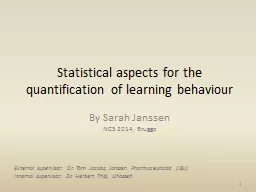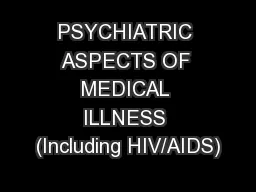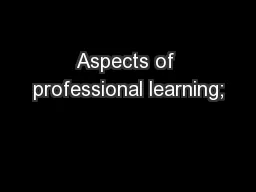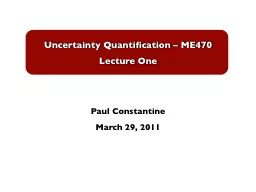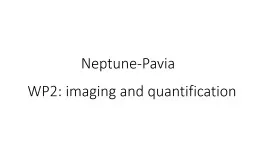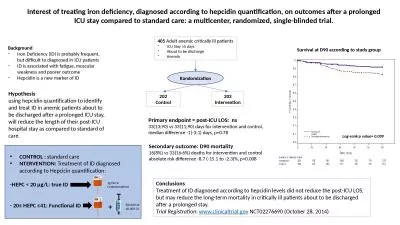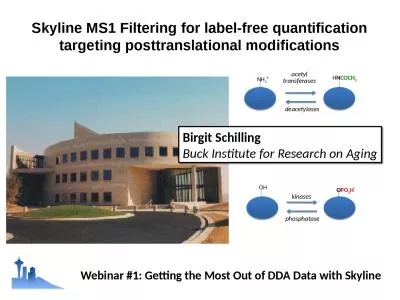PPT-Statistical aspects for the quantification of learning
Author : giovanna-bartolotta | Published Date : 2017-07-11
behaviour By Sarah Janssen NCS 2014 Brugge 1 External supervisor Dr Tom Jacobs Janssen Pharmaceuticals JampJ Internal supervisor Dr Herbert Thijs Uhasselt Introduction
Presentation Embed Code
Download Presentation
Download Presentation The PPT/PDF document "Statistical aspects for the quantificati..." is the property of its rightful owner. Permission is granted to download and print the materials on this website for personal, non-commercial use only, and to display it on your personal computer provided you do not modify the materials and that you retain all copyright notices contained in the materials. By downloading content from our website, you accept the terms of this agreement.
Statistical aspects for the quantification of learning: Transcript
Download Rules Of Document
"Statistical aspects for the quantification of learning"The content belongs to its owner. You may download and print it for personal use, without modification, and keep all copyright notices. By downloading, you agree to these terms.
Related Documents

